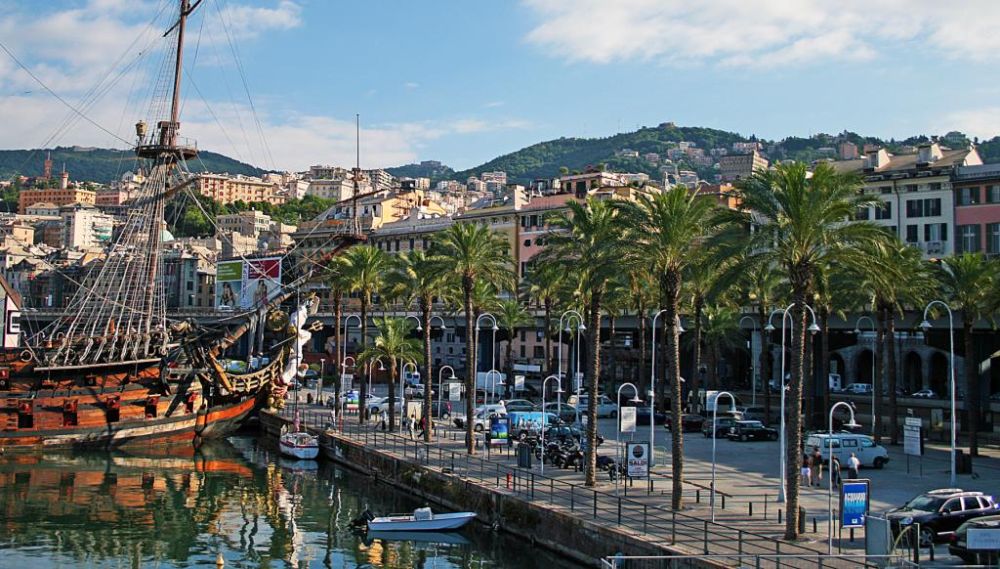

The history of tourism in Genoa's Old Port, known in Italian as Porto Antico, is a story of rejuvenation and cultural renaissance. Porto Antico is not just a historical harbor but a symbol of Genoa's past glory and its resurgence as a tourist destination.
Genoa's strategic position on the Mediterranean Sea ensured its historical importance as a maritime hub. The Old Port served as a bustling center of economic activity and maritime trade since the Middle Ages. Its foundation can be traced back to the 16th century, when it was constructed under the design of engineer Renato De Cara on the order of King Ferdinand I.
By the mid-20th century, the industrial boom and modernization led to the decline of Porto Antico as newer and more efficient ports emerged. The once vibrant quarter faced neglect, and the warehouses and docks fell into disuse, creating an industrial wasteland that seemed disconnected from the city’s cultural life.
The transformation of Porto Antico began in 1992 when world-renowned architect Renzo Piano, a Genoa native, redesigned the old harbor area to celebrate the 500th anniversary of Christopher Columbus's voyage to America. Piano's vision was bold and transformative, retaining the port's historic charm while injecting modern vitality through cultural and recreational facilities.
Today, Porto Antico is a focal point for tourism, boasting attractions such as the Aquarium of Genoa (the largest in Italy and among the largest in Europe), the Galata Maritime Museum, the Biosphere (a tropical greenhouse), and the Bigo Panoramic Lift, offering stunning views of the city. This revitalization has converted old warehouses into trendy shops, restaurants, and exhibition spaces, and the area is frequently used for large public events.
Porto Antico's successful blend of historical preservation and contemporary innovation has made it an enduring symbol of urban regeneration. It maintains Genoa's maritime and commercial traditions while transforming the city into a modern cultural hub. The influx of both domestic and international tourists is testament to Porto Antico's importance in the city's tourism industry.
Experiential Travel: Visitors to Porto Antico seek immersive experiences, like local cooking classes or historical tours, which tell the story of Genoa's maritime past.
Sustainable Tourism: Efforts are being made to promote sustainable tourism practices in the area, ensuring Porto Antico remains a heritage site for future generations.
Smart Tourism: Utilization of digital tools for enhancing the visitor experience at Porto Antico is on the rise, with apps and digital guides providing a plethora of information at tourists’ fingertips.
The Old Port of Genoa stands as a testament to the city's resilience and ability to reinvent itself. The synergy between historical reverence and modern conveniences has created a unique destination that honors its past while embracing the future, making it a jewel in the crown of Italian tourism.